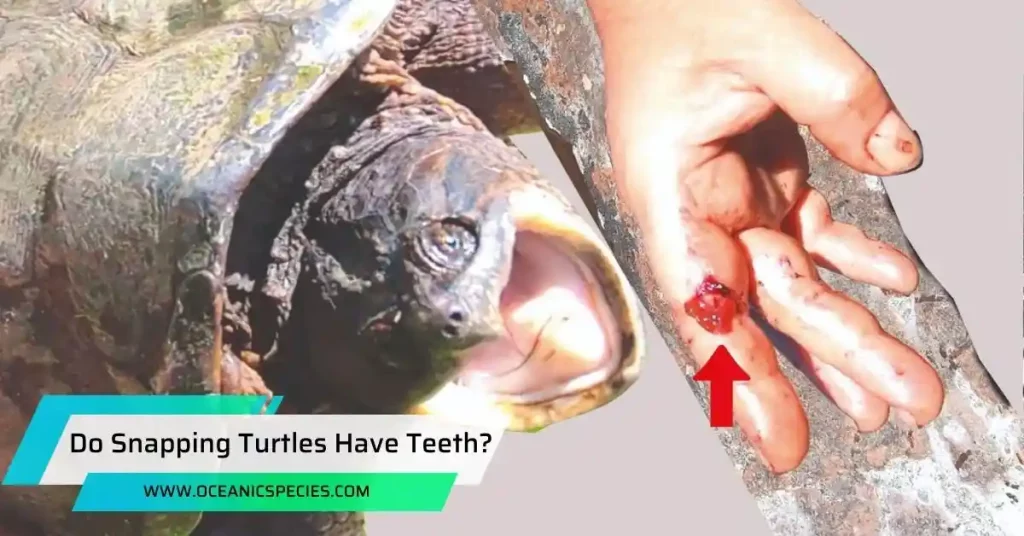Sea turtles have lungs, which are located under their carapace and vertebral column. These lungs have a slightly different structure than mammalian lungs but function effectively in exchanging gases like oxygen and carbon dioxide.
Sea turtles breathe air just like other reptiles.
Sea Turtle Respiration: A Closer Look
Sea turtles are fascinating creatures that spend most of their lives in the water. One aspect of sea turtle anatomy that often sparks curiosity is their respiration. How exactly do sea turtles breathe? Do they have gills like fish, or do they rely on lungs to breathe air like mammals?
Let’s dive deeper into sea turtle respiration to gain a better understanding:
- Sea turtles have lungs: Unlike fish, sea turtles do not have gills. They breathe air using lungs, just like humans and other mammals. This means that sea turtles need to come to the water’s surface to breathe. When they stick their heads out of the water, they take in air through their nostrils, which are located on the tops of their heads.
- Adaptations for prolonged dives: Sea turtles have evolved certain adaptations that allow them to stay underwater for extended periods. For example, their metabolism slows down when diving, enabling them to conserve oxygen. Additionally, sea turtles can absorb oxygen through their skin and the lining of their throat and cloaca, which helps them acquire some oxygen while submerged.
- Buoyancy control: While underwater, sea turtles can regulate their buoyancy by adjusting the amount of air in their lungs. By inflating or deflating their lungs, they can control their depth and maneuverability. This allows them to navigate through the water with ease.
- Limited breath-holding ability: Despite their adaptations for diving, sea turtles still have limitations when it comes to breath-holding. On average, they can stay submerged for around 5 minutes before needing to resurface for air. However, some species, like the loggerhead turtle, can hold their breath for up to 2 hours during periods of rest.
- Nesting behavior: Sea turtles have an interesting behavior related to respiration during the nesting process. Female sea turtles come ashore to lay their eggs on sandy beaches. After digging a nest, they position themselves above it and proceed to exhale forcefully. This action helps create a cavity for the eggs and enables the female to breathe out excess carbon dioxide.
How Sea Turtles Breathe

Sea turtles have lungs, not gills. Their lungs are located under the carapace and vertebral column and function to exchange gases like oxygen and carbon dioxide.
Sea Turtles And The Respiratory System
Sea turtles are fascinating creatures that reside in the ocean and rely on their well-developed respiratory system to breathe underwater. Unlike fish, sea turtles do not have gills; instead, they use a more familiar organ to humans – lungs. Let’s explore how sea turtles breathe and the unique adaptations they possess for efficient respiration.
The Role Of Lungs In Sea Turtle Breathing
Sea turtles breathe using lungs, just like we do. However, they have evolved specific adaptations to facilitate breathing underwater and maximize their time spent submerged:
- Lung Structure: Sea turtles have large lungs, occupying a significant portion of their body cavity. This allows them to store a larger volume of air, providing an extended oxygen supply during dives.
- Efficient Oxygen Exchange: Sea turtles have a highly efficient respiratory system that maximizes the absorption of oxygen from the air they inhale. This ensures the delivery of sufficient oxygen to their tissues, even in low-oxygen environments.
- Rapid Breathing: Sea turtles can quickly exchange air by taking in several breaths in quick succession before submerging. This adaptation enables them to absorb a sufficient amount of oxygen during short breaks at the water’s surface.
- Lung Collapse: When sea turtles dive, they can close their glottis, a specialized structure at the back of their throat, to prevent water from entering their lungs. This prevents the collapse of lung tissue under pressure and maintains their ability to breathe efficiently underwater.
Adaptations For Efficient Breathing
Sea turtles have evolved several remarkable adaptations to ensure efficient breathing while living in an aquatic environment:
- Increased Blood Oxygen Capacity: Sea turtles possess a higher concentration of red blood cells, which allows for better oxygen-carrying capacity. This adaptation enhances their endurance and enables them to withstand longer periods underwater.
- Slow Metabolic Rate: Sea turtles have a relatively slow metabolic rate, which reduces their oxygen consumption and extends the time they can spend submerged. By slowing down their bodily processes, they can conserve energy and adapt to their marine habitat.
- Respiration through Skin: While not their main source of oxygen, sea turtles can absorb limited amounts of oxygen through their skin. This ability is particularly useful during periods of extended dives when access to the air at the water’s surface is limited.
Debunking The Myth About Sea Turtle Gills

Sea turtles do not have gills. They have lungs, similar to other reptiles, that allow them to exchange gases like oxygen and carbon dioxide. The lungs are located beneath the carapace and vertebral column.
Dispelling Common Misconceptions
Sea turtles are fascinating creatures that have captured the curiosity of people around the world. However, there are some misconceptions when it comes to their respiratory system. Let’s debunk the myth about sea turtle gills and uncover the truth.
- Sea turtles do not have gills: One common misconception is that sea turtles have gills like fish, allowing them to extract oxygen from the water. However, this is not true. Sea turtles breathe air, just like humans and many other terrestrial animals.
- Gills are not necessary for their survival: While sea turtles don’t have gills, they have evolved to survive in aquatic environments by developing other adaptations. Their respiratory system enables them to breathe efficiently underwater, making use of their lungs.
- Lungs play a crucial role: Sea turtles have powerful lungs that allow them to take in oxygen and release carbon dioxide. They are capable of holding their breath for extended periods, but they do need to come to the surface to breathe periodically.
Understanding The Purpose Of Gills In Aquatic Life
Gills are an essential feature in many aquatic organisms, but sea turtles have adapted in a unique way to meet their respiratory needs. Here’s what you need to know:
- Gills serve freshwater and saltwater species: Fish and some other aquatic organisms have gills, which extract oxygen from the water. Gills are efficient in extracting dissolved oxygen, enabling fish to respire in their watery environment.
- Gas exchange in sea turtles: Unlike fish, sea turtles have developed lungs that allow them to extract oxygen from the air. During respiration, sea turtles inhale and exhale air through their lungs, performing gas exchange just like humans do.
- Adaptations for underwater respiration: Although sea turtles cannot extract oxygen directly from the water, their respiratory system has undergone evolutionary adaptations to maximize their underwater respiration. These adaptations include slowing down their metabolic rate and redistributing blood flow, allowing them to conserve oxygen and extend their time underwater.
Evolutionary Developments In Sea Turtle Respiration
Through millions of years of evolution, sea turtles have developed unique respiratory adaptations that contribute to their survival in the ocean. Here are some evolutionary developments:
- Enhanced surfacing abilities: Sea turtles have specific anatomical features that assist them in surfacing for air. They possess a strong neck and powerful forelimbs, allowing them to propel themselves to the surface quickly.
- Specialized breathing behaviors: Sea turtles utilize specific breathing behaviors, such as “basking” and “logging,” to optimize their respiration. Basking involves floating at the surface while resting, allowing them to breathe without expending much energy. Logging refers to resting at the surface with the head out of the water, allowing for efficient breathing.
- Dive duration and frequency: The dive duration and frequency of sea turtles vary among species. Some sea turtles can stay underwater for up to five hours, while others have shorter dive times. Their respiratory adaptations enable them to make use of their lung capacity efficiently during these dives.
Frequently Asked Questions
Can Sea Turtle Breathe Underwater?
Sea turtles have lungs, which are located under their carapace and vertebral column, allowing them to breathe air.
How Long Can Sea Turtles Breathe Underwater?
Sea turtles have lungs which are located under their carapace and vertebral column. These lungs allow them to exchange gases like oxygen and carbon dioxide when they breathe.
Conclusion
Sea turtles, like other reptiles, have lungs rather than gills. These lungs may differ in structure from mammalian lungs, but they effectively perform the vital task of gas exchange, allowing turtles to breathe both oxygen and carbon dioxide. Located beneath their carapace and vertebral column, the lungs enable sea turtles to thrive in their ocean habitats.
It’s fascinating to consider how these creatures have adapted to survive in their unique environment. Whether they are loggerhead sea turtles, leatherback sea turtles, or green sea turtles, they all rely on their lungs to take in oxygen from the air and release carbon dioxide.


